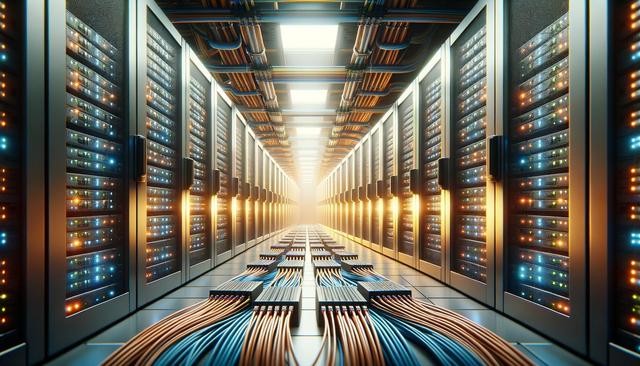Understanding the Core Components of Data Center Infrastructure
At its foundation, data center infrastructure is a combination of essential systems that enable the continuous operation of IT services. This includes not only the servers and networking equipment but also the supporting elements such as power distribution, cooling mechanisms, and security frameworks. A well-structured infrastructure ensures that data centers remain operational, efficient, and secure, all while meeting compliance and performance requirements. The physical layout and design of the facility must accommodate high-density equipment, balanced airflow, and scalable power needs.
Key components of data center infrastructure include:
- Uninterruptible Power Supplies (UPS) and backup generators
- Precision cooling systems like CRAC (Computer Room Air Conditioning) units
- Structured cabling and network connectivity
- Physical and cybersecurity systems
- Environmental monitoring tools
Each of these elements works in tandem to create a cohesive environment that supports mission-critical operations. Proper planning and integration of these components are essential to prevent downtime and ensure seamless performance.
Power and Electrical Systems
Power supply is arguably one of the most critical aspects of data center infrastructure. Without reliable electricity, servers, storage systems, and network devices cannot function. To mitigate risks of power outages, data centers typically employ multiple layers of power redundancy. This includes primary utility feeds, UPS systems, and diesel or gas-powered backup generators.
Effective power management focuses not only on supply but also on efficiency. Technologies such as intelligent Power Distribution Units (PDUs) and power monitoring software help administrators track consumption and identify inefficiencies. Additionally, the design must consider:
- Electrical load balancing
- Redundant power paths (often referred to as N+1 or 2N configurations)
- Battery health and capacity for UPS systems
Implementing these solutions helps maintain uptime and supports operational continuity even during utility failures or internal faults. Energy-efficient designs also contribute to sustainability goals and reduce long-term operational costs.
Cooling Strategies and Thermal Management
Effective cooling is vital for maintaining optimal operating conditions for data center hardware. As servers and networking equipment generate significant heat, the cooling infrastructure must be capable of dissipating this heat to prevent equipment failure and degradation. Traditional cooling methods include CRAC units and raised floor designs that facilitate airflow.
Modern data centers are adopting more advanced cooling strategies such as:
- Hot and cold aisle containment
- Liquid cooling or immersion cooling systems
- Free cooling techniques that leverage external air
Thermal management goes beyond just installing cooling units; it includes continuous monitoring of temperature and humidity levels across the facility. Using sensors and environmental analytics, operators can identify hot spots and optimize airflow. This level of precision helps to extend hardware lifespan and reduce the risk of unplanned downtime.
Physical and Network Security Measures
Security in data centers is twofold: physical and digital. Physical security involves protecting the facility from unauthorized access and environmental hazards. This includes perimeter fencing, biometric access controls, surveillance systems, and on-site personnel. A layered security approach ensures that only authorized individuals can access critical areas like server rooms and network cores.
Network security, on the other hand, focuses on protecting data traffic and preventing cyber threats. Key measures include:
- Firewalls and intrusion detection systems
- Regular software updates and vulnerability patching
- Network segmentation to isolate sensitive systems
Together, these layers of security help in safeguarding both the infrastructure and the data it processes. Compliance with standards such as ISO/IEC 27001 or local data protection regulations is often required to ensure trust and accountability.
Scalability and Future-Proofing Infrastructure
Scalability is a major consideration in data center design. As organizations grow, their data processing and storage needs increase, making it essential to build infrastructure that can adapt to changing demands. This may involve provisioning additional rack space, upgrading power systems, or expanding cooling capabilities.
Future-proofing also involves adopting modular designs that allow for incremental upgrades without major overhauls. Technologies such as:
- Virtualization and containerization
- Software-defined networking (SDN)
- Edge computing integration
can improve flexibility and responsiveness to evolving business needs. By designing with scalability in mind, data centers can reduce downtime during upgrades and maintain consistent service delivery.
Conclusion: Building Resilient and Efficient Data Centers
Designing and maintaining high-performance data center infrastructure is a complex but essential task for businesses that rely on digital operations. From power and cooling to security and scalability, each component must be carefully planned and implemented to support long-term performance and resilience. For IT professionals and infrastructure planners, understanding these requirements is key to building systems that can adapt, scale, and thrive in an ever-evolving technological landscape.




Leave a Reply